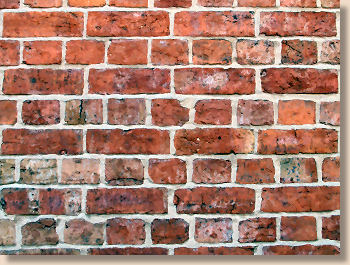Lumber said:
This was always a tactical issue in the Navy that I could never get my head around. When we sail with an embarked helo, the air det officially answers to 1 CAD in Winnipeg. If the CO of the ship needed the helicopter to do something dangerous and outside of their normal safety parameters (say for operational necessity), then technically they would have to call all the way back to Winnipeg to get permission before being allowed to do it.
So how would that work in the army? Same thing? If a combined group of Infantry, Armour and Griffons (armed with M134s) was operating together, would the Battle Group commander have the authority to tell the Griffons, if he thought it necessary, to put themselves in danger in order to provide fire support form the air? Or would have to call back to 1 CAD because the Griffons are technically just there as glorified taxis with Miniguns for self defence?
This sounds strange to me, you would think an embarked air det would be OPCOM to the Captain of the ship?
As for planning when conducting an operation using tactical aviation. We use what's called a five-stage reverse planning process, here is the coles notes on it:
1. Ground Tactical Plan: Actions on the objective by the ground force (What everything else is based off of)
2. Landing Plan: Actions on the Landing Zone (Must support ground tactical plan/make sure all troops get where they need to go)
3. Air Movement Plan: Actions during flight (routes from Pickup Zone to Landing Zone, formations, flight altitudes, control points, etc)
4. Loading Plan: Actions on the Pickup Zone (make sure kit and troops are loaded in the correct choppers/supports Air Movement Plan)
5. Staging Plan: Actions prior to mission (ground force shakeout at the Pickup Zone, Air Load Tables/Air Mission Brief, etc)
You've also got all sorts of other sub-plans that go in to these five main plans but I won't go in to great detail about those.
For fires, you usually have a pre-planned fire plan that supports your ground force as it arrives at the objective. This fire plan is all-encompassing and involves Artillery, CAS, CCA (Attack Helicopters), Tanks, etc...
After that, you'll have additional resources which will be available to you for certain lengths of time, usually in windows. These assets are controlled by different commanders. For artillery, CAS, CCA, this is done by the Forward Observation/Forward Air Control Party (Artillery/Air Weapons guys) who direct fires for the ground force commander.


